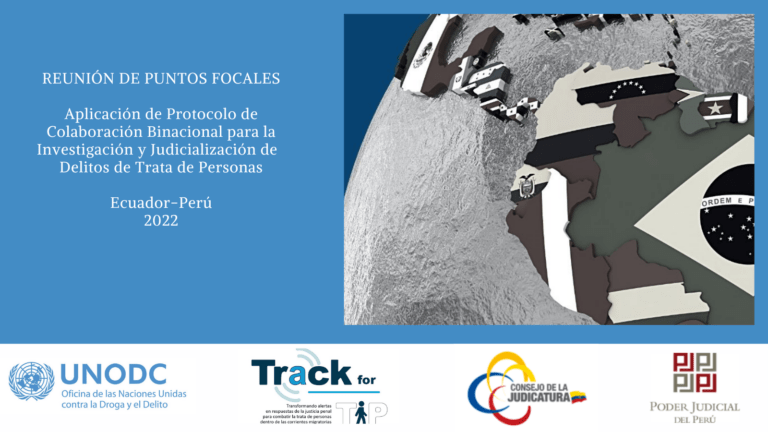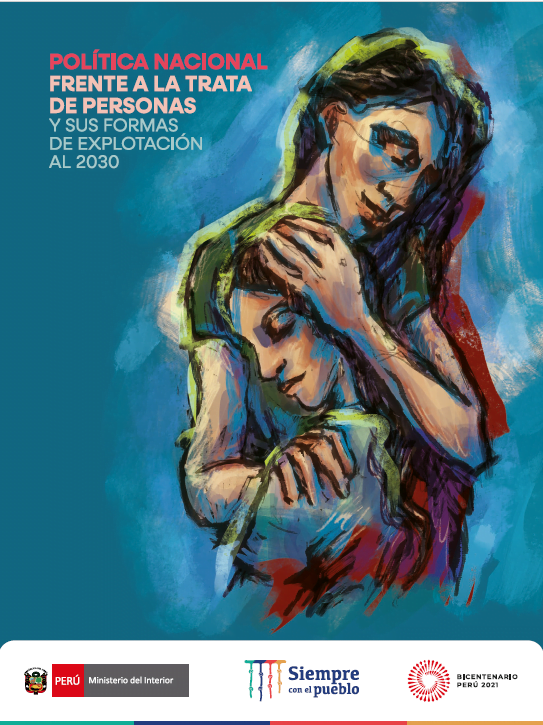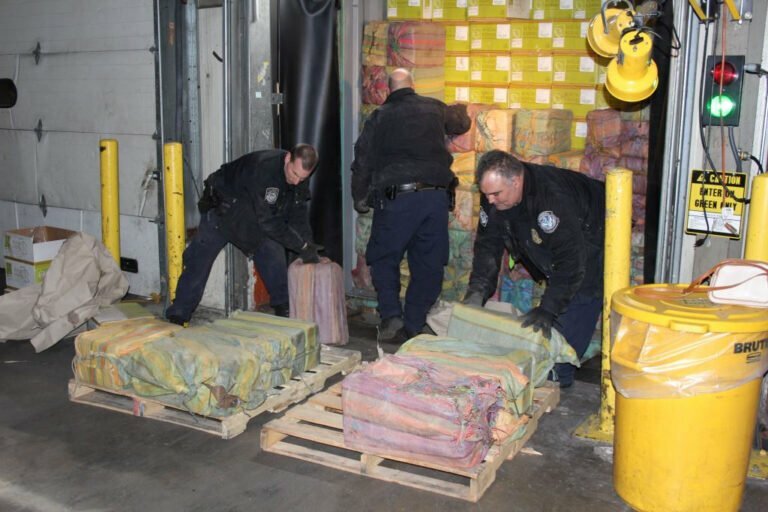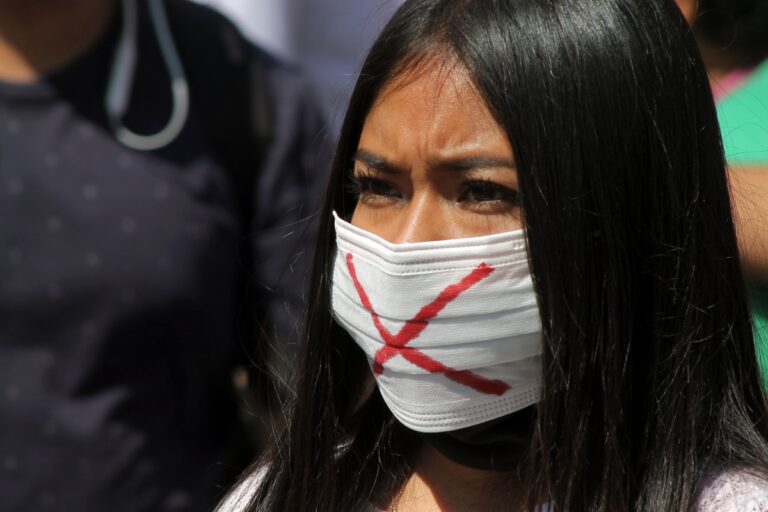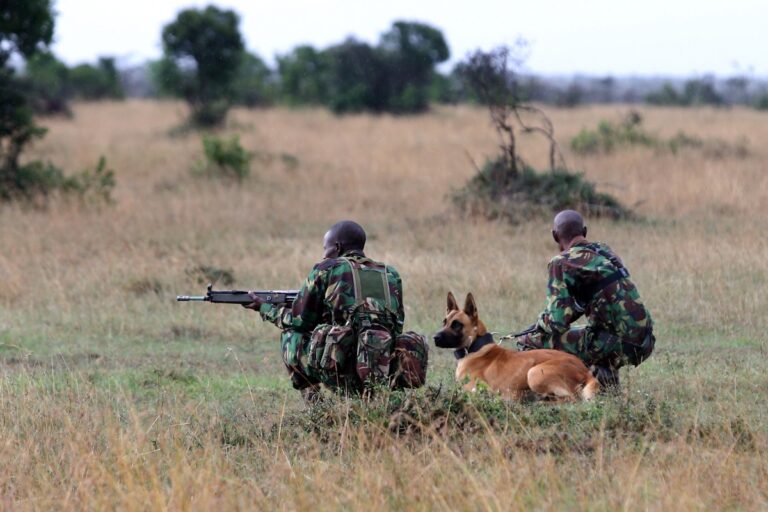Exchange of timely information and institutional response mechanism among the agreements of the binational meeting to combat human trafficking between Peru and Ecuador
The three-day virtual meeting, promoted by the United Nations Office on Drugs and Crime (UNODC) – through the Track4Tip Initiative – the Judiciary of Peru and the Judiciary Council of Ecuador, met the objective of strengthening the response of the criminal justice system of both countries Lima, Quito, March 31, 2022 – The working day…

